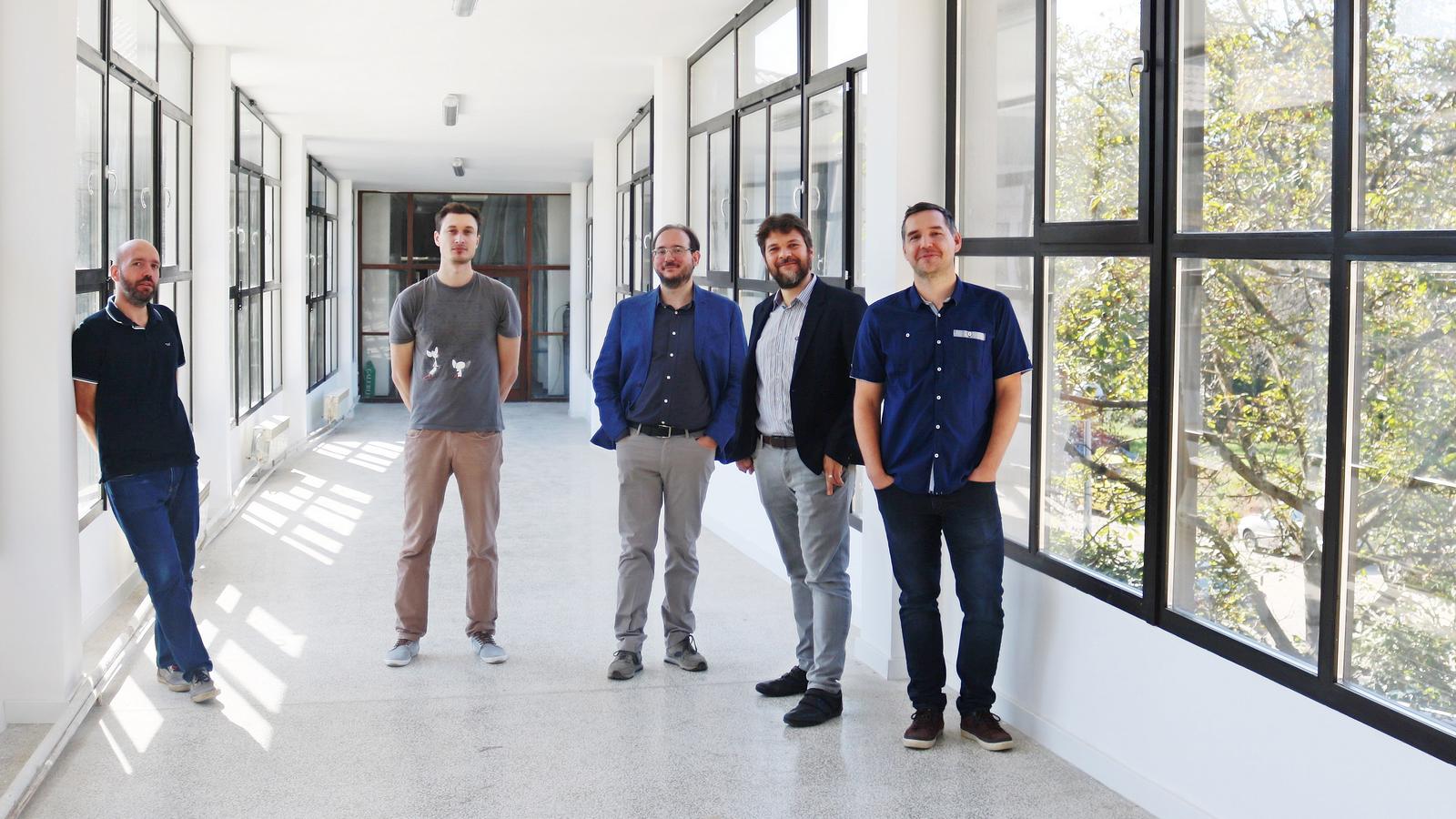Unlocking the Quantum Puzzle: New Research Sheds Light on Particle Entanglement Mysteries

A multidisciplinary team of researchers from the Ruđer Bošković Institute (RBI) has gained deep insights into the complicated field of quantum physics. Their research has shed light on the notion that knowing the initial entanglement of particles does not necessarily provide a complete picture of their subsequent evolution. This analogy can be likened to the challenge of putting together a complex jigsaw puzzle without having access to all the necessary pieces. Moreover, the study has highlighted the nuanced interplay between the fact that an evolution acting on neighbouring particles can affect the entanglement linking particles far apart, thus introducing an additional layer of complexity to the quantum realm.
These findings are important because they open the doors to a deeper understanding of the quantum world, with implications that impact a variety of fields. Quantum computing, data security, drug discovery and fundamental physics can all benefit from these findings. The research findings were published in the prestigious journal "Quantum".
Challenging Assumptions
Imagine a world where tiny particles, much like jigsaw pieces, can be connected in ways that baffle our understanding. This is the realm of quantum physics, and at its centre is the concept of "entanglement" – a phenomenon in which particles are connected in a special way, even at very long distances.
Scientists have long believed that they can predict how to use this entanglement and how it changes by using mathematical concepts related to the "entanglement spectrum". To test this theory, researchers conducted a series of experiments using a unique method to manipulate the entanglement of particles. They studied a specific group of particles within the model of the "one-dimensional Ising chain with a transverse field", similar to studying magnets in different states – some disordered (a sort of quantum chaos), some in order and some in confusing configurations resulting from a physical concept known as ''frustration''.
The Quantum Twist
Here's where it gets fascinating! When scientists changed how these particles were entangled, they made a discovery.
It turned out that the entanglement dynamics are not only determined by the type of gates used (that is, the way particles get manipulated) but also by the phase of the quantum system. Various phases, each corresponding to the different states of matter in our everyday world, present very different properties. Remarkably, the phases considered in this work all exhibit the same type of initial entanglement. Quite interestingly, these phases responded differently to the cooling process that drives the evolution of entanglement.
This research challenges the notion that the statistical properties of the entanglement spectrum alone can accurately predict entanglement dynamics. It points to a complex interplay between locality (particles interact only when they are close to each other) and non-local constraints in quantum systems,'' explains Dr Salvatore Marco Giampaolo, the corresponding author.
The multidisciplinary research team behind this research includes Dr Jovan Odavić, a postdoctoral researcher in the Theoretical Chemistry Group, Dr Fabio Franchini, Dr Salvatore Marco Giampaolo and Dr Gianpaolo Torre from the RBI Condensed Matter and Statistical Physics Group, doctoral researcher Nenad Mijić and Dr Davor Davidović from the Centre for Informatics and Computing. Their combined expertise and dedication have led to these groundbreaking discoveries. Conducting this study necessitated the development of a highly specialized computational code capable of efficiently scaling across a large number of graphical processing units (GPUs), effectively harnessing their extensive parallel processing capabilities. A dedicated companion paper has been published, detailing the parallelisation complexities.
The research received support from the QuantiXLie Centre of Excellence, a project co–funded by the Croatian Government and the European Union through the European Regional Development Fund under the Competitiveness and Cohesion Programme. Additional support was provided by the Croatian Science Foundation (HrZZ) through projects IP-2019-04-3321 (FCS) and 2020-02-4559 (HybridScale). The computations were conducted utilizing resources of the supercomputer VEGA, hosted at the Institute of Information Science provided by the EuroHPC JU and the Super supercomputer, located at the University Computing Centre of the University of Zagreb (SRCE).

